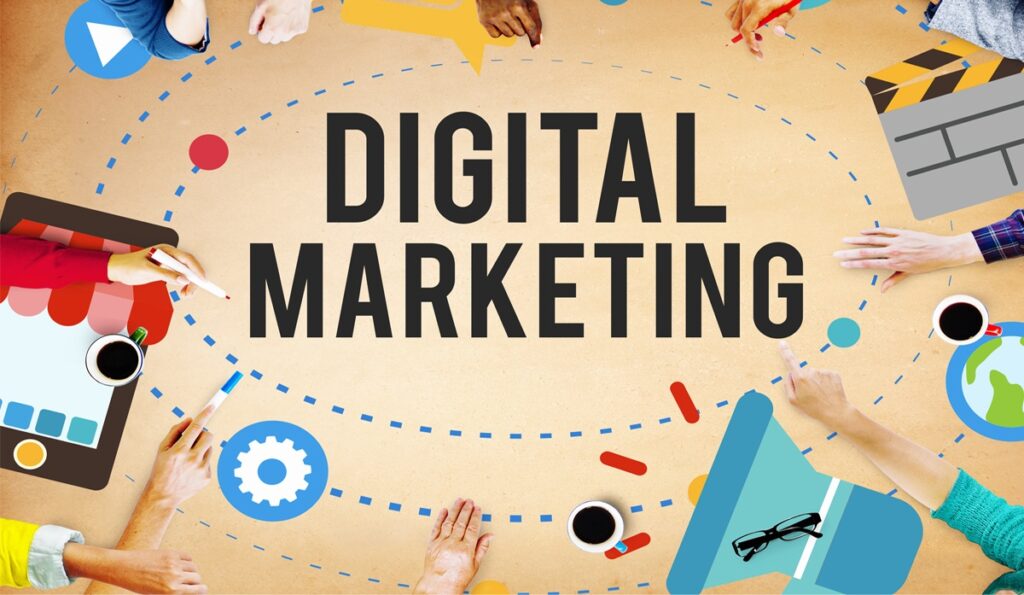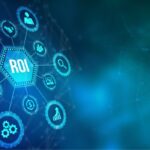How Sales Funnels Drive Success in Digital Marketing
In the landscape of digital marketing, success depends on more than just attracting visitors to a website or generating leads. A clear and structured approach is needed to guide potential customers through the buying journey. This is where a sales funnel plays a critical role. It helps marketers visualize the customer journey, improve targeting, and increase conversion rates.
What is a Sales Funnel?
A sales funnel in digital marketing is a strategic model that illustrates the path a potential customer follows from the first interaction with a brand to the final purchase decision. The funnel is designed to gradually move individuals from awareness to action while building trust and engagement at each stage.
The structure of the sales funnel becomes narrower toward the bottom, representing how prospects decrease in number but increase in intent as they move closer to making a purchase.

Key Stages of the Sales Funnel
A well-structured digital marketing funnel is typically divided into four main stages. Each stage plays a unique role in nurturing and converting prospects.
1. Awareness
This is the initial stage where potential customers become aware of your brand, product, or service. Strategies like social media campaigns, search engine visibility, blog content, and online ads are used to create brand awareness.
2. Interest
Once awareness is established, the goal is to spark interest. At this stage, marketers provide valuable content such as case studies, email newsletters, or how-to guides to engage the audience and demonstrate expertise.
3. Consideration
During this stage, prospects are comparing different options. They may review customer testimonials, product comparisons, or attend webinars. The goal is to highlight unique selling points and show why your solution is the best fit.
4. Conversion
At the bottom of the funnel, prospects are ready to make a decision. Marketers use strategies like time-limited offers, personalized emails, and simplified checkout processes to encourage the final purchase.
Table: Overview of Sales Funnel Stages
| Funnel Stage | Goal | Marketing Tactics Used |
| Awareness | Attract attention | Blog posts, SEO, social media, ads |
| Interest | Educate and engage | Email marketing, videos, downloadable guides |
| Consideration | Build trust and comparison | Reviews, case studies, product demos |
| Conversion | Drive decision and action | Discounts, calls-to-action, retargeting ads |
Why the Sales Funnel Matters in Digital Marketing
A sales funnel provides marketers with a structured framework to optimize performance at every stage of the customer journey. Here’s why it is essential:
- Improves Conversion Rates: A clear funnel allows you to address objections and nurture leads efficiently.
- Enhances Customer Experience: Personalized content at each stage improves engagement.
- Helps Track Metrics: Key performance indicators (KPIs) can be assigned to each stage to monitor progress.
- Supports Budget Planning: Resource allocation becomes more strategic when each stage is defined.
Common Digital Marketing Channels Used in Each Funnel Stage
Different channels serve different purposes within a sales funnel. Understanding this alignment helps improve efficiency.
| Funnel Stage | Digital Marketing Channels |
| Awareness | Social media, search engines |
| Interest | Email marketing, blogs |
| Consideration | Webinars, case studies, comparisons |
| Conversion | Retargeting ads, direct response ads |
Optimizing the Sales Funnel
To improve the effectiveness of your sales funnel in digital marketing:
- Analyze user behavior at each stage.
- Use A/B testing to refine messaging and design.
- Maintain consistent communication through automated workflows.
- Align content and offers with user intent.
- Ensure a smooth and responsive user experience on all devices.
Common Mistakes to Avoid
While creating a sales funnel, avoid these pitfalls:
- Ignoring mobile optimization.
- Using the same content for every funnel stage.
- Failing to follow up with leads.
- Overloading prospects with information too early.
Measuring Sales Funnel Performance
Tracking performance is essential for refining the funnel over time. Some useful KPIs include:
- Website traffic and bounce rate (Awareness)
- Email open and click-through rates (Interest)
- Lead-to-opportunity conversion (Consideration)
- Cost-per-acquisition and revenue per lead (Conversion)
The Role of Automation in Funnel Success
Automation tools enhance the efficiency of sales funnels by:
- Sending timely follow-ups.
- Segmenting leads based on behavior.
- Delivering personalized content.
- Tracking engagement across touchpoints.
Automation ensures that no lead is lost due to delay or oversight.
Frequently Asked Questions (FAQs)
Q1: How long does it take to build an effective sales funnel?
It depends on the complexity of your offer and the tools you’re using. On average, creating and refining a funnel can take several weeks.
Q2: Can small businesses benefit from a sales funnel?
Yes. Whether you’re a startup or an established brand, sales funnels help structure your marketing efforts and improve lead management.
Q3: What’s the best tool to manage a sales funnel?
There are many tools available such as email marketing platforms, CRM systems, and automation tools. Choose one that integrates well with your current marketing stack.











